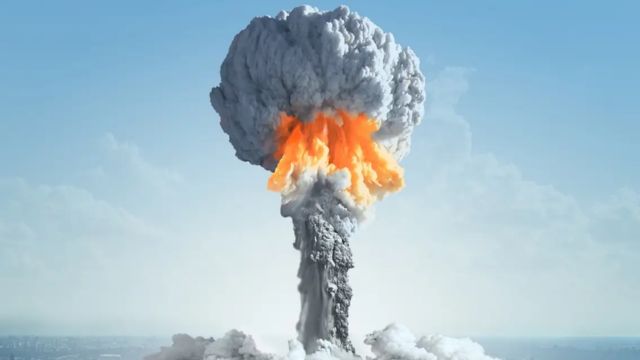6 US Cities Most probable at Risk in a Nuclear Attack
The unsettling specter of a nuclear attack, though a remote possibility, remains a significant concern for the United States. Highlighted by experts and recent analyses, the following six cities are identified as being particularly vulnerable due to their population density, economic significance, and strategic importance:
- Chicago, Illinois
- Houston, Texas
- Los Angeles, California
- New York, New York
- San Francisco, California
- Washington, D.C.
These cities are pinpointed as potential targets for their roles in the national infrastructure, making the need for effective preparedness plans more urgent than ever. Irwin Redlener, a renowned expert in disaster preparedness from Columbia University, has raised alarms about the inadequate emergency strategies currently in place across the United States, particularly in these urban areas.
The lack of preparedness is a critical issue that leaves residents of these cities alarmingly vulnerable to the catastrophic impacts of a nuclear detonation. The shortage of accessible and comprehensible emergency information exacerbates this vulnerability, leaving populations uninformed about necessary precautions and responses.
In contrast, physicist Brooke Buddemeier advocates for basic but crucial preparedness measures. He emphasizes that straightforward actions, such as seeking immediate shelter indoors, can significantly reduce radiation exposure and increase survival rates, illustrating the profound impact of basic public education on disaster readiness.
The message is clear: while these cities are identified as high-risk, the reality is that no location is entirely immune to the threat of a nuclear incident. The potential repercussions, especially in densely populated areas like New York, underscore the importance of nationwide preparedness efforts. The dire need for robust emergency plans and public education campaigns cannot be overstated.
As we face the low but existent risk of nuclear threats, it is imperative for not only these six cities but also the entire nation to adopt and enhance measures of preparedness. This involves a collective effort from government agencies, local authorities, and individual citizens to foster a culture of readiness and resilience.
In essence, the identification of Chicago, Houston, Los Angeles, New York, San Francisco, and Washington, D.C., as cities with heightened nuclear risk serves as a clarion call for action. Strengthening emergency preparedness and public awareness is not just a recommendation—it is a necessity for safeguarding the future of these cities and the nation at large.











